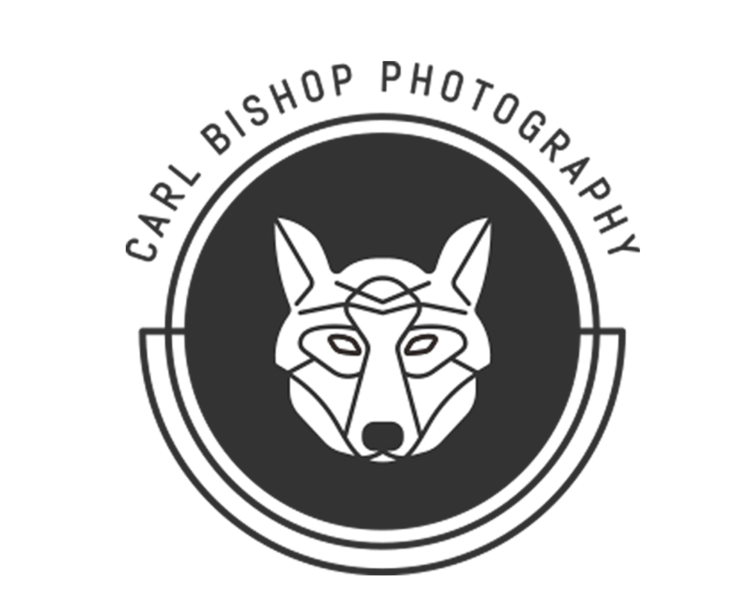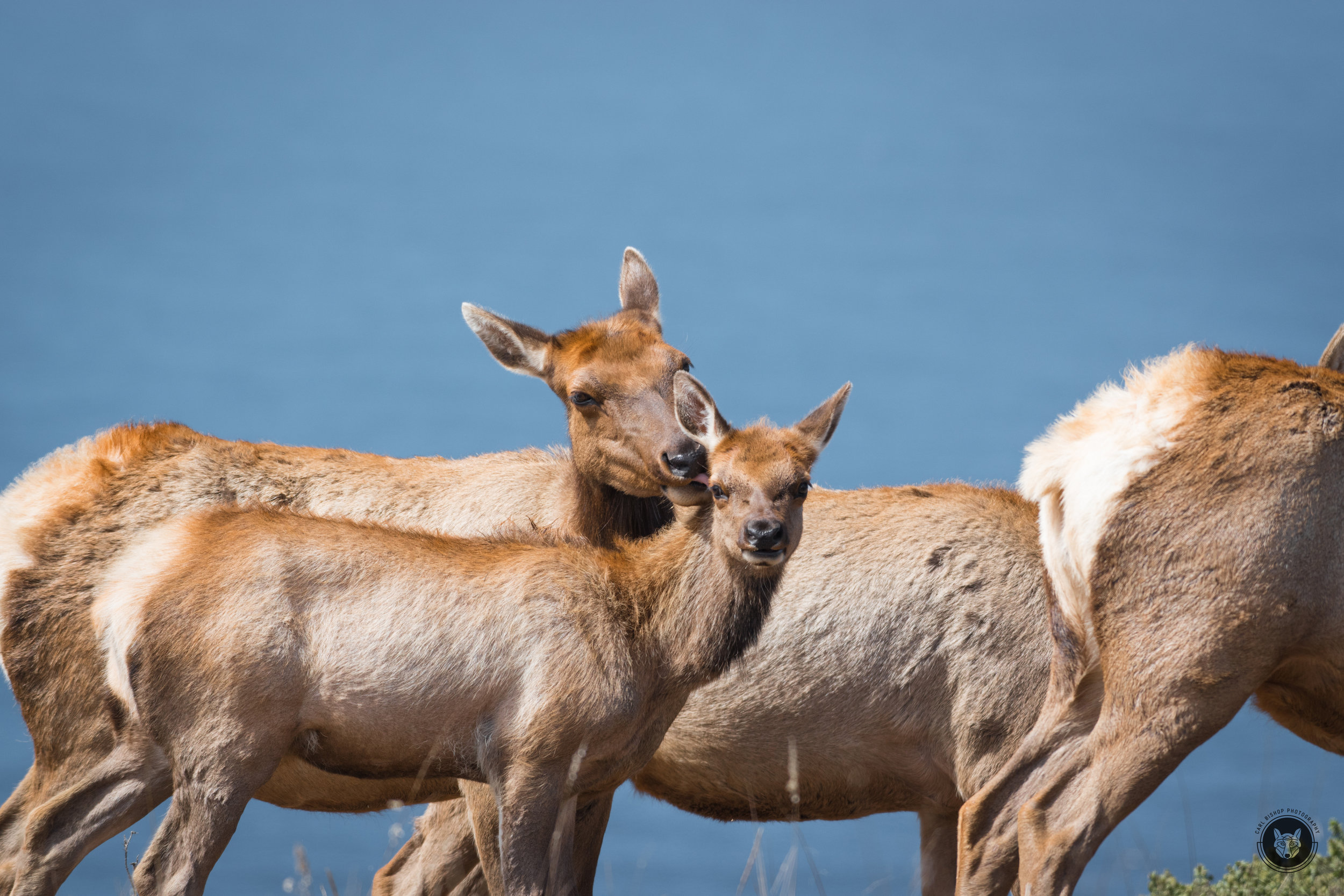Whether as a hobbyist or a professional, taking good photographs is the goal of any photographer. It is delicate work, as a simple change in angle or too high/low of an exposure can make all the difference. Since no one is born an expert in photography, learning from others is a sure way to improve your skill. Here are a few tips on how you can significantly up your wildlife photography game:
Educate yourself
If you are to take intimate and revealing images of an animal, you need to understand it. You only get to understand something or someone when you learn about their behavior, personality, habitats, etc. So make sure to learn all that you can about your subject. After taking the time to acquire this knowledge, go out into the field and observe your subject. This can be done from a vantage point, say your car, or a nice hill, and just simply observe the animals to learn their habits and routines, how they react to situations such as your presence, the presence of other animals. How they react when spooked and so on. Soon enough you’ll be able to anticipate their actions at certain times of the day and how they react to different situations. As you probably already know keep a safe distance as these are wild animals and very unpredictable. Moreover, take great care as to not disturb the animals you are studying.
Practice makes perfect
Egypt was not built in one day and neither are skills. They require time, consistency, perseverance, and determination. That is why it is so important to practice. In photography, let alone wildlife photography, patience is a virtue and it will determine whether you can break past the barriers needed in order to produce professional quality work, or remain the same.
Make plenty of mistakes
You'll make mistakes. The important thing is that you learn from them. Many wildlife photographers are enthralled by the photos of large exotic animals from foreign lands. Unfortunately, some will spend top dollar for a chance to shoot these animals before taking the time to work on their technique. This leads to many disappointing photos and wasted money. Fortunately for most photographers, animals of all shapes and sizes can be found right in your backyard. The images of those common, little animals you can find in your garden or at the local park can be just as captivating as the images of large exotics. You can even create even better images of those animals with the right amounts of practice. In addition, practice taking your photos at different lighting and see what you really enjoy. For instance, when the sun is right on your face, don’t curse it. Take advantage of it and backlight your subject. Backlighting is great for highlighting fur and feathers around the edges of the animal. Patience and constistency is everything here.
Telephoto lens
Telephoto lens and wildlife photography go hand-in-hand. They are a must have. The size of the lens is largely dependent on the size of your subject and how close you can get. Shy animals and flighty birds need something like the Nikon 200mm-500mm ultra-zoom lenses. However, you'll need support. A tripod or monopod is what you'll need when shooting during low light situations, or if your lens is just too heavy for you to carry. Moreover, If you have found yourself in a situation where you cannot carry your lens steady, but forgot your tripod and left it at home. Be imaginative and use camera bag or prop your onto a rock or fallen tree.
While taking advantage of the telephoto lens for sharp focus on small animals, do not forget to use the wide-angle lens. Wide-angle lens are important to capture your subject’s habitat and could add dramatic effects to your images.
Have fun!
As you take it all in, don’t forget to breathe. Breathe in the surroundings, allow yourself to take it all in and enjoy the beauty of nature and all the amazing wildlife. Every single experience will be worthwhile.


